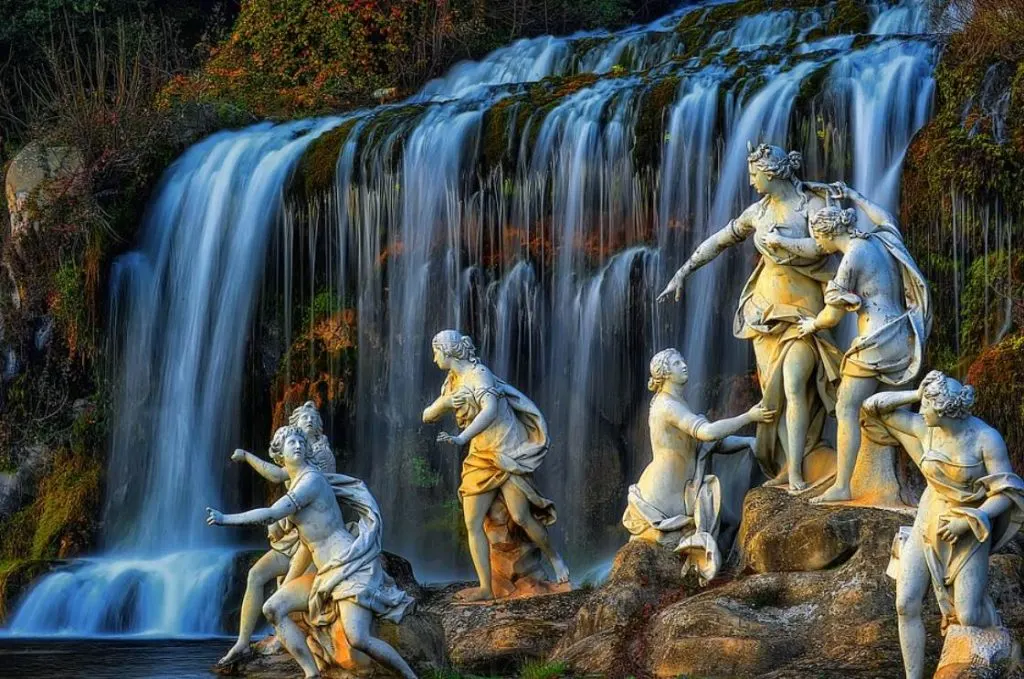Just before Charles III became the King of Spain in 1759 he had great plans to build a magnificent palace in southern Italy. This was to become his official residence, built by the “House of Bourbon-Two Sicilies.”
The initial result was the epitome of the Baroque architectural style which was later finished with a lot of Neoclassical elements as well.
Let’s take a closer at some of the most interesting facts about the Royal Palace of Caserta, an amazing structure that still holds a fascinating record today.
1. The palace is located in the Campania region of southern Italy
The Royal Palace of Caserta, locally known as the “Reggia di Caserta” or simply “Reggia,” is located in the city with the same name in the southern part of Italy. It’s the capital of the province of Caserta and has a population of fewer than 80,000 inhabitants.
The city is situated about 40 kilometers (25 miles) north of Napes, the largest and most important city in the region. The palace itself is located in the northern section of the city.
The monarchs who constructed it especially chose this area because it was not too far away from Naples but far enough to be protected from it, and because it’s not located along the coastline which avoided attacks over the sea.
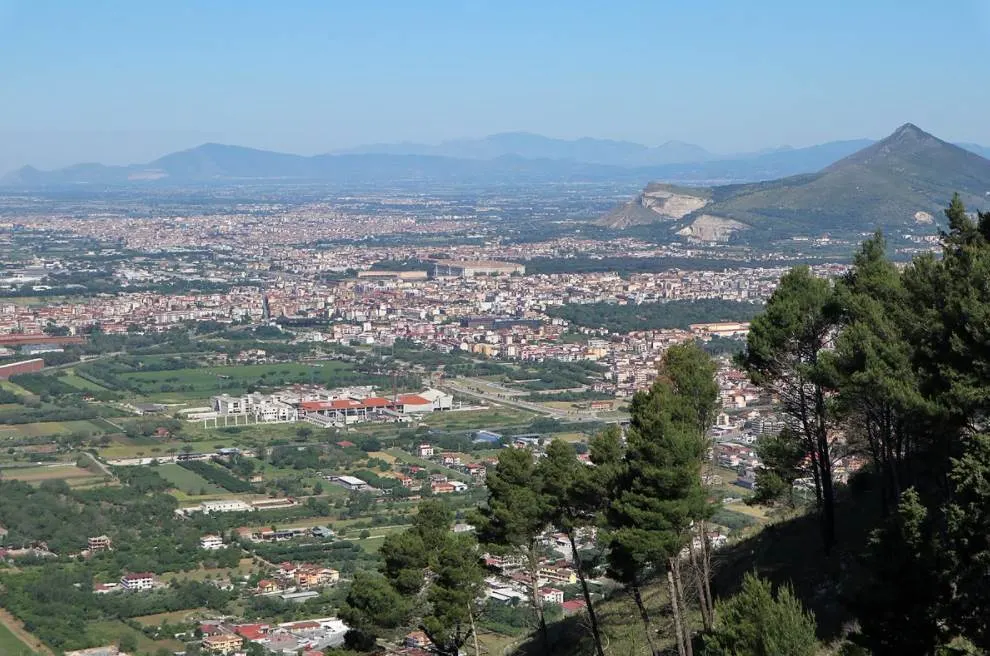
2. The building was commissioned by the future Charles III of Spain
The construction of the palace started in the year 152 and it was commissioned by Charles VII of Naples, the King of Naples and King of Sicily between 1734 and 1759.
This part of southern Italy and the island of Sicily was ruled as the House of Bourbon-Two Sicilies and the idea was to use this immense palace as their residence as the kings of Naples.
Although Charles III had big plans and construction had started in 1752, he never slept one night in the completed structure. He abdicated from his position in the late 1750s and became King Charles III of Spain in 1759, a position he would hold until his death in 1788.
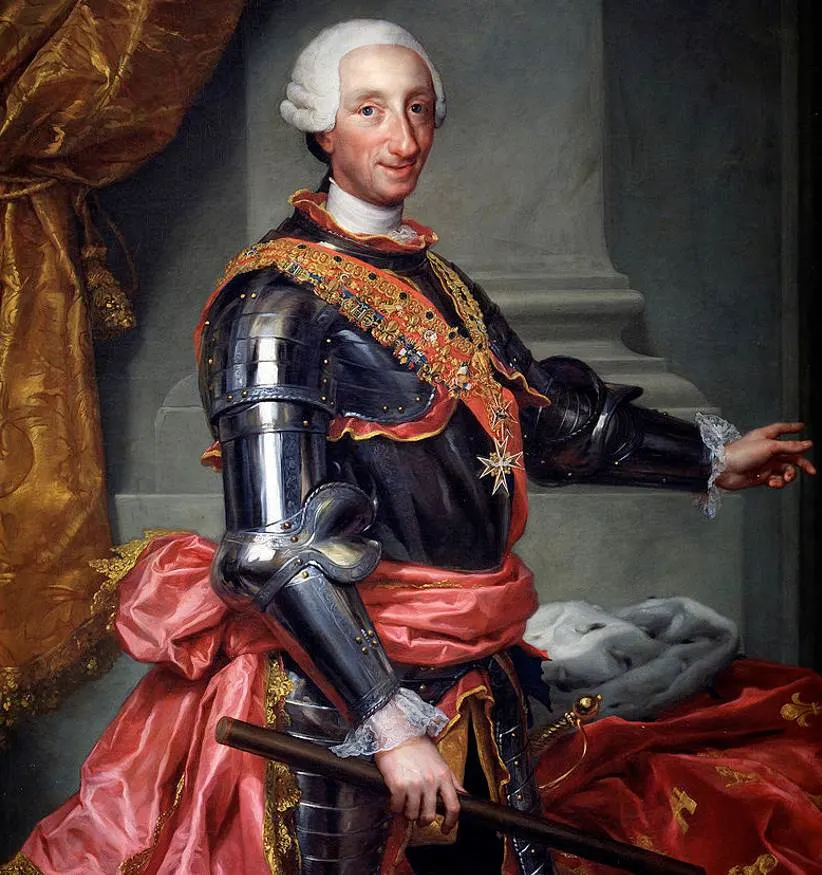
3. It was built at an enormous scale and resembles a small city

The palace is huge as it features 1,200 rooms which are divided over 5 floors. The rectangular layout of the palace measures 247 x 184 meters (810 x 603 feet) and it has a height of 42 meters (137 feet).
The staggering dimensions mean that the palace has a volume exceeding 1 million cubic meters (35.31 million cubic feet), a number that makes it the largest palace in the world by volume and the largest royal residence by volume as well.
It features a cross in the middle which means that there are 4 inner courtyards. Each of these makes any regular large inner courtyard of a large palace pale in comparison.
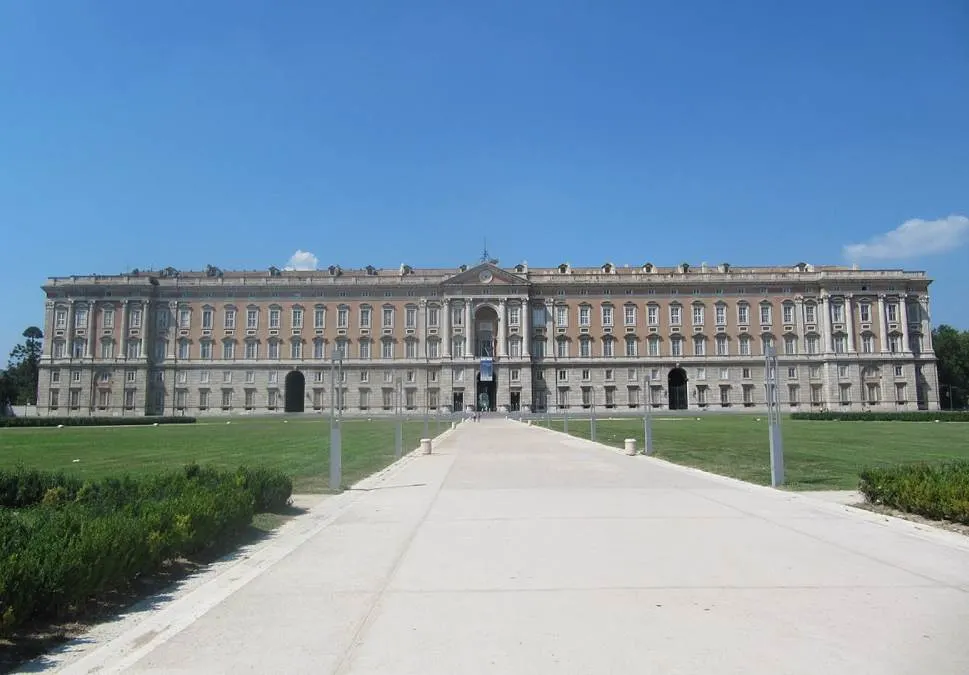
4. Its design was modeled on 2 other huge palaces in Europe
Although the idea behind the palace resembles the Palace of Versailles just outside of Paris, it doesn’t feature the same architectural elements of the most famous royal palace in France.
If we want to compare the Baroque design in combination with Neoclassical elements of the Royal Palace of Caserta with other palaces, then two prominent examples come to mind.
First of all the Royal Palace of Madrid, the place where Charles spent his childhood years and where he eventually returned in 1759. Secondly, the Charlottenburg Palace in Berlin, one of the greatest Baroque palaces in the world.

5. The palace and its gardens are a popular tourist attraction today
The immense garden surrounding the palace can be described as an extension of the Baroque architectural design of the palace in combination with a botanical garden that resembles a typical English Garden.
The garden covers an area of approximately 110.76 hectares (0.4276 square miles) and features multiple cascades and fountains.
The garden was constructed in a relatively hilly area and the most fascinating feature is a straight canal featuring 5 monumental fountains. The integrated intervals create a remarkable optical illusion.
The magnificent palace became a UNESCO World Heritage site in 1997. Its gardens along with its elaborately decorated interior can be visited by tourists making it one of the most popular tourist attractions in the region.
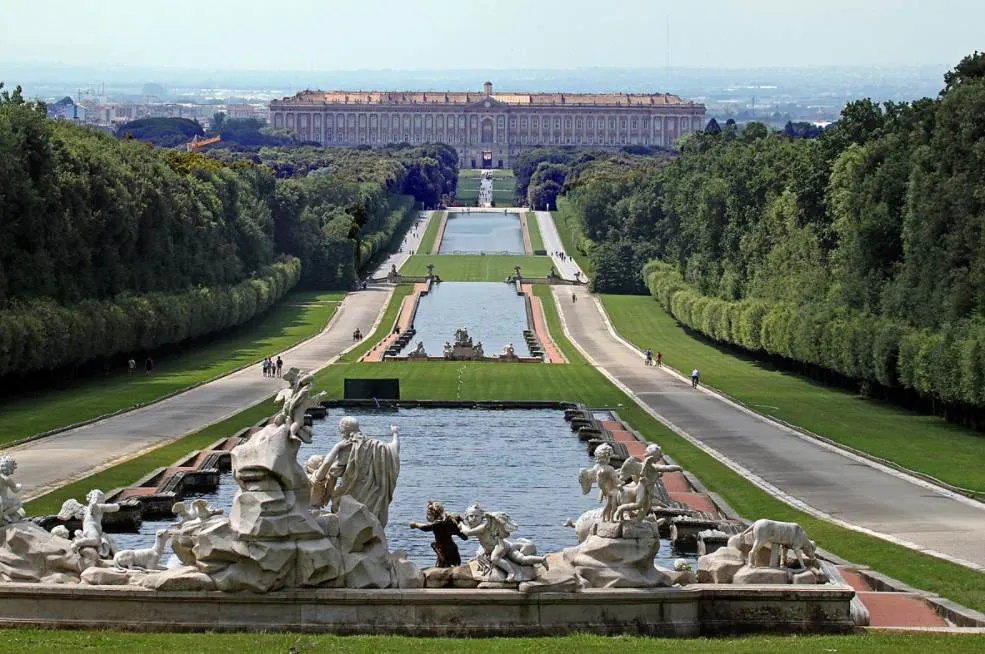
More interesting facts about the Royal Palace of Caserta
6. King Charles III of Spain never used the palace as his residence and it wasn’t until the reign of his son, Ferdinand IV of Naples, who ruled over the Kingdom of Naples between 1759 and 1816.
He was also the King of the Two Sicilies between 1816 and his death in the year 1825. This was the largest state in the country before the Unification of Italy.
7. The palace was built on such a large scale because it was intended to become the home of both the king and his court along with multiple other important institutions of the Kingdom of the Two Sicilies.
It was intended to house a university, museum, library, and various offices for politicians and military leaders. The palace also features entertainment facilities such as ballrooms and an opera house that was modeled on the Teatro San Carlo in Naples.
8. One of the most fascinating facts about the Royal Palace of Caserta is that it features a large number of so-called “monumental rooms.” These are rooms that are heavily decorated and feature a large number of frescoes.
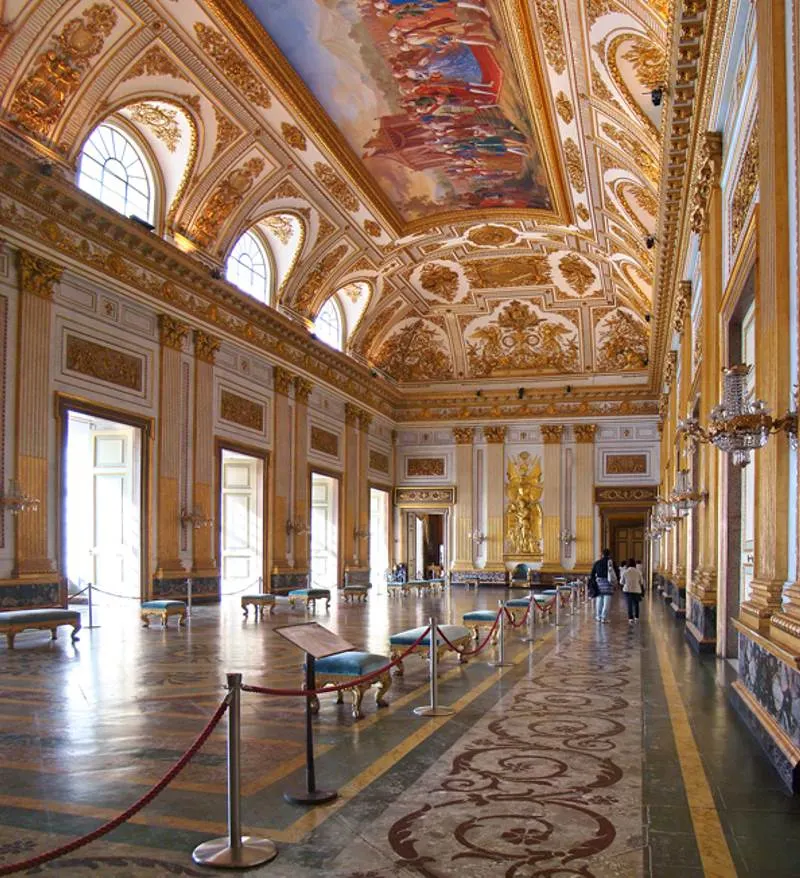
Over 40 rooms inside the palace can be described as monumental rooms. The palace of Versailles, the most opulent palace in the world, features “only” 22 of these monumental rooms.
9. The original architect of the palace was a man named “Luigi Vanvitelli” (1700-1773). He briefly worked in Rome where he was trained by Nicola Salvi, the designer of the Trevi Fountain in Rome (on which he participated as well).
The project was continued by his son Carlo Vanvitelli upon his death and later by other architects. The original plan of two wings fronting the palace similar to those at St. Peter’s Square by Gian Lorenzo Bernini (1598-1680) was unfortunately never completed.
10. The palace played a remarkable role before and during World War II. It was used as a training center for the Italian Air Force Academy between 1923 and 1943, only to become the headquarters of the Allied forces in the region in 1943.
In 1945, the palace was the venue of the signing of the surrender of German forces in Italy, subsequently followed by the first Allied war crimes trial that same year.

11. In 1998, the palace was briefly used as a film set for the popular Science Fiction movie “Star Wars: Episode One – The Phantom Menace.” The interior of the palace served as the decor for the interior of the Theed City Naboo Palace in the movie.
After 4 days, the crew wrapped it up and continued filming the explosions inside a specifically designed studio in Leavesden in the southeast of England.
12. The fountains inside the gardens are a fantastic attraction in themselves. They can only be rivaled by those located in the garden of Peterhof Palace just outside of Saint Petersburg in Russia.
The 5 main monumental fountains depict various mythological figures and are referred to as “The Fountain of Diana and Actaeon,” “The Fountain of Venus and Adonis,” “The Fountain of the Dolphins,” The Fountain of Aeolus,” and “The Fountain of Ceres.”
These fountains in combination with the cascades represent the true nature of the Baroque era.
